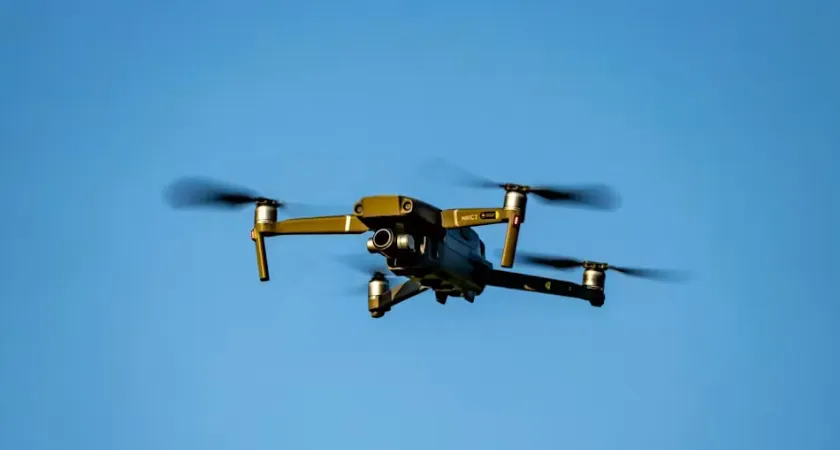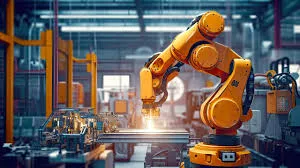
AUGUST 22, 2025 — Contractors are turning to robotics more seriously than ever before, moving beyond experimental trials to integrate proven technology into day-to-day construction operations. According to BuiltWorlds’ latest Equipment & Robotics Benchmarking Report, attitudes toward robotics in the industry have reached record highs.

In 2024, 74% of contractors reported a positive view of robotics. This year, that figure surged to over 95%, while the percentage of negative evaluations dropped to zero. The findings suggest that skepticism about the role of robotics in construction has largely disappeared.
At the same time, the number of companies actively testing robotic systems has declined—from 65% in 2024 to 46% in 2025. But rather than signaling waning interest, the drop indicates a shift from experimental pilots to serious implementation of established technologies.
Contractors are increasingly bypassing early-stage startups in favor of commercial-ready solutions with a proven track record on complex jobsites. This shift reflects a growing need for reliability as labor shortages, rising costs, and tight schedules push firms to adopt innovations that can deliver immediate efficiency.
Two powerhouse summits, one incredible day – CO Summit + ABC Illinois brings together the state's top construction leaders and opportunities. | Book your booth
Leading general contractors such as Suffolk, DPR, Webcor, and Turner Construction have expanded their use of robotic tools that are reshaping jobsite workflows. Among the most widely adopted solutions are:
The BuiltWorlds report underscores that robots are no longer viewed as experimental novelties but as critical tools in the evolving construction ecosystem.

The movement reflects broader industry trends. Construction firms have been under increasing pressure to do more with less—managing projects in an environment of skilled labor shortages, supply chain uncertainty, and heightened safety standards. Robotics has emerged as a practical solution, delivering consistency and reducing rework while freeing skilled labor to focus on higher-value tasks.
Industry leaders also see robotics as a bridge to more integrated digital workflows. By linking robotics with BIM, AI-driven planning tools, and cloud-based project management systems, contractors are building a more efficient jobsite that connects the digital model with physical execution.
With robotic adoption moving into the mainstream, the industry may be entering a new era of automation-driven construction productivity. As the report notes, companies are now prioritizing "proven, commercial-ready robotics" rather than simply “kicking the tires.”
This signals a significant shift: construction robotics is no longer about testing the future—it’s about building with it today.
Originally reported by Peter Fabris in BDC Network.